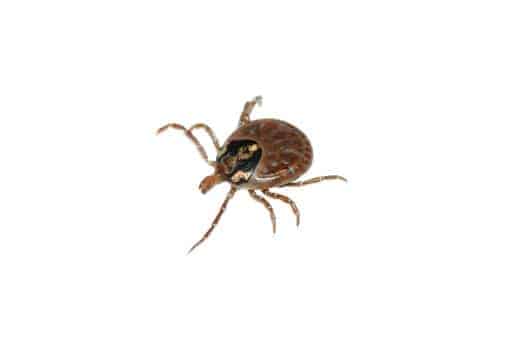
By Lisa Cantkier, Holistic Nutritionist
Lyme disease is not a fun topic but we all need to be aware of it like never before. Lyme disease is an inflammatory infection that humans can contract through tick bites. The disease has become a growing epidemic in North America in recent years. And without any treatments for late stages of the disease in Canada (there are treatments in the U.S. and certain parts of Europe), it is a serious public health concern here. According to CanLyme, Lyme disease is often misdiagnosed in Canada. Common initial symptoms include rash, which sometimes forms a “bull’s eye” shaped mark on the skin and flu-like symptoms. To make things worse, ticks can also carry other diseases that are just as hard to treat.
Cecile Gough, a Canadian Registered Nurse and Advocate (who has Lyme) in Canada says there are several strains of Lyme and the disease currently exists throughout North America, Europe and Asia. Gough said, “The biggest news for Lyme in Canada right now is the recognition of Bill C442—a private member’s bill tabled by Elizabeth May and passed in the Senate unanimously. Now law, there will be a federal conference for Bill C442 in Ottawa in May (2016) hosted by Health Canada and CanLyme to create a structured framework for the Bill, which is about prevention, assessment, treatment and management of Lyme disease in Canada.”
Most of us are not going to give up cottage life, camping in the great outdoors and summer camp for our children. What can you do to keep you and your loved ones (especially little ones) from contracting from Lyme? Here’s what the experts say:
- Avoid areas that are known to contain infected ticks.
- Check clothes for ticks, they seek out our skin.
- Wear long-sleeved shirts and long pants. Tuck pants into socks.
- Wear light coloured clothing to see ticks.
- Avoid long grass and walk on pathways.
- Apply insect repellent to your skin and clothing. There are some DIY essential oil recipes that have been found to be effective.
- Do full body tick checks. Gough says, “Don’t forget your hairline, scalp, buttocks and navels!”
Ticks are commonly found in wooded areas, however, because they are carried by birds and other animals they feed on, they can be found in other areas as well. To find out if any parts of your community are affected, contact your local public health department.











